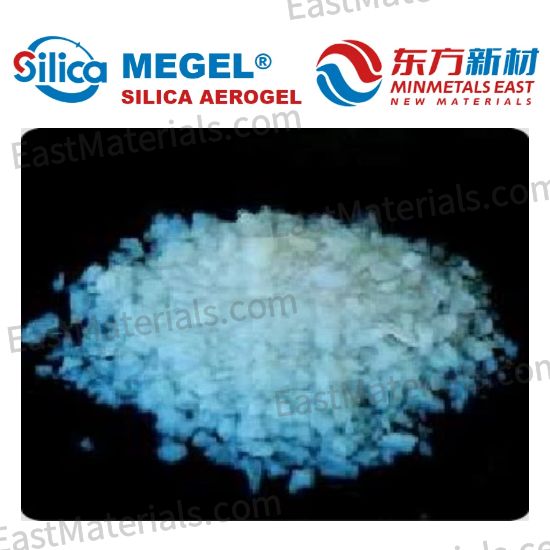
Privacy statement: Your privacy is very important to Us. Our company promises not to disclose your personal information to any external company with out your explicit permission.

October 20, 2022
October 20, 2022
Speciality Silica Display HPSIL® toothpaste Fumed Silica gel is a specialized ingredient used in the formulation of toothpaste and other oral care products. It is a form of silica (silicon...
Speciality Silica Display 1. Specification Requirements Particle Size: The effectiveness and abrasiveness of silica gel can vary with particle size. Consider the intended use—an appropriate...
Speciality Silica Display 1. Silica Insulations for Toothpaste Formulations Abrasive Agent: HPSIL® is used as a mild abrasive in toothpaste to help remove dental plaque and surface stains from...
Speciality Silica Display 1. Abrasive Properties Mild Abrasiveness: HPSIL® is designed to be a gentle abrasive, effectively removing plaque and stains from the teeth without damaging the enamel....
Email to this supplier
October 20, 2022
October 20, 2022
January 08, 2025
January 08, 2025

Privacy statement: Your privacy is very important to Us. Our company promises not to disclose your personal information to any external company with out your explicit permission.

Fill in more information so that we can get in touch with you faster
Privacy statement: Your privacy is very important to Us. Our company promises not to disclose your personal information to any external company with out your explicit permission.